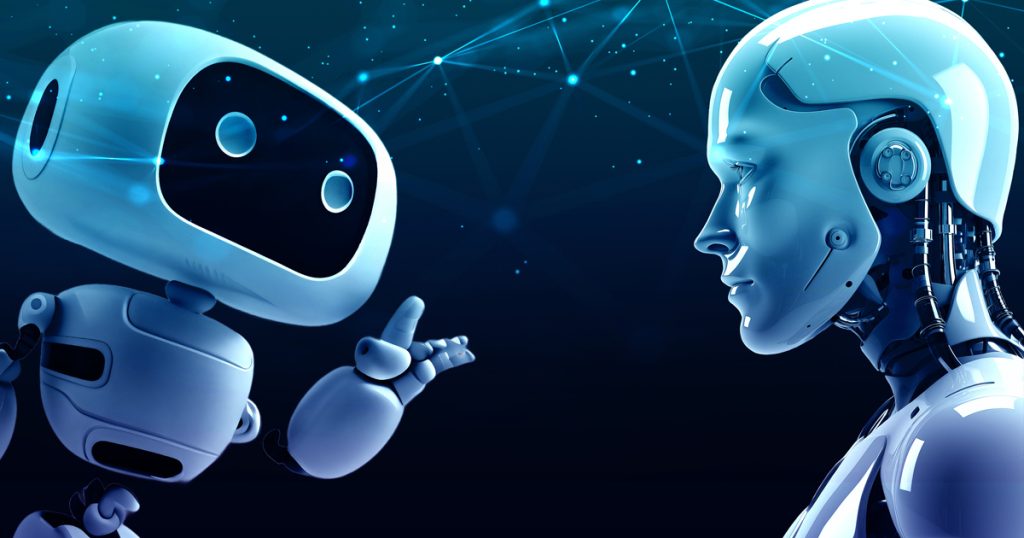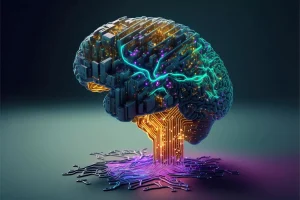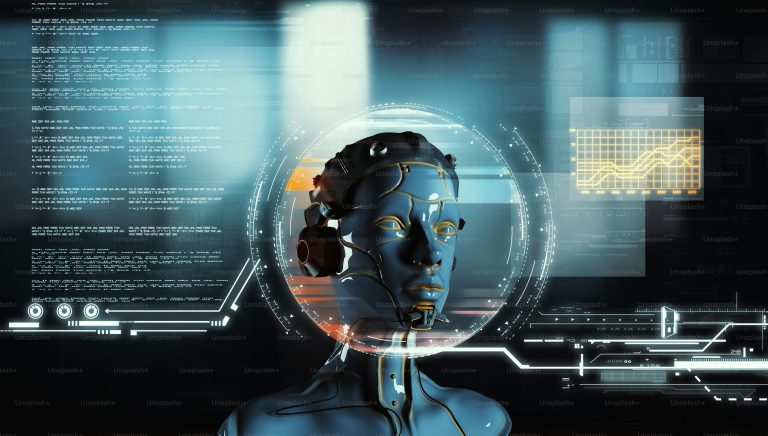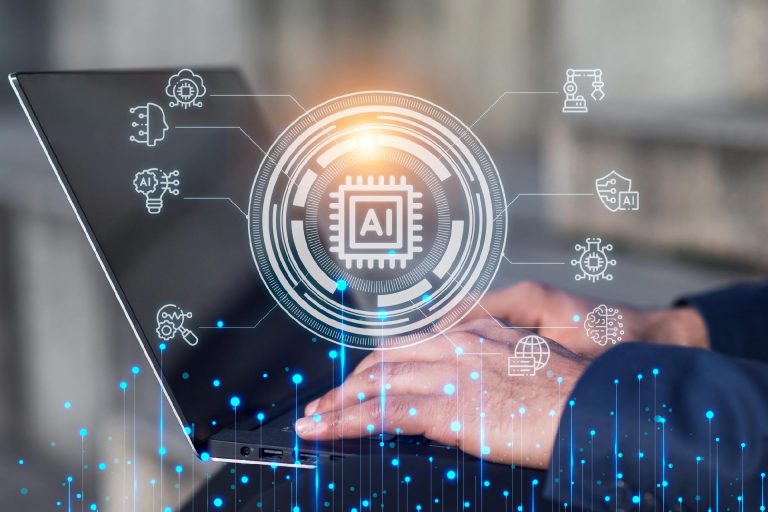In the world of automation and digital transformation, the terms “bots” and “AI agents” are often used interchangeably. However, they represent fundamentally different technologies with distinct capabilities, applications, and limitations.
In this article, we’ll explore the key differences between traditional bots and AI agents, their use cases, advantages, and limitations, and why businesses are increasingly shifting toward AI-driven solutions.
What Are Traditional Bots?
Traditional bots, also known as rule-based bots, are software programs designed to perform specific tasks based on predefined rules and instructions. These bots operate within a fixed framework and follow a set of “if-then” logic to execute tasks. They are typically used for automating repetitive, rule-based processes that require minimal decision-making.

Key Characteristics of Traditional Bots:
- Rule-Based: Traditional bots operate based on a set of predefined rules and cannot deviate from them.
- Limited Adaptability: They lack the ability to learn or adapt to new situations.
- Task-Specific: These bots are designed for specific tasks and cannot handle tasks outside their programmed scope.
- No Cognitive Abilities: Traditional bots do not possess intelligence or the ability to understand context.
- Predictable Outcomes: Since they follow fixed rules, their actions and outcomes are highly predictable.
Common Use Cases of Traditional Bots:
- Automating data entry and form filling.
- Handling repetitive customer service queries (e.g., FAQs).
- Scheduling appointments or sending reminders.
- Web scraping and data extraction.
- Basic workflow automation in business processes.
What Are AI Agents?
AI agents, on the other hand, are intelligent systems powered by artificial intelligence technologies such as machine learning (ML), natural language processing (NLP), and computer vision. Unlike traditional bots, AI agents can perceive their environment, process information, make decisions, and learn from their experiences. They are designed to handle complex tasks that require cognitive abilities and adaptability.
Key Characteristics of AI Agents:
- Learning Capabilities: AI agents can learn from data and improve their performance over time.
- Adaptability: They can adapt to new situations and handle tasks that were not explicitly programmed.
- Context Awareness: AI agents can understand context and make decisions based on it.
- Autonomy: They can operate independently and make decisions without human intervention.
- Complex Decision-Making: AI agents can analyze large amounts of data and make informed decisions.
Common Use Cases of AI Agents:
- Personalized customer support through chatbots and virtual assistants.
- Fraud detection and risk assessment in finance.
- Medical diagnosis and treatment recommendations in healthcare.
- Autonomous vehicles and drones in transportation.
- Predictive maintenance and quality control in manufacturing.
- Personalized marketing and recommendation systems in retail.
Key Differences Between Traditional Bots and AI Agents
| Aspect | Traditional Bots | AI Agents |
| Intelligence | Rule-based, no cognitive abilities. | AI-powered, capable of learning and reasoning. |
| Adaptability | Cannot adapt to new situations. | Can adapt and improve over time. |
| Decision-Making | Follows predefined rules, no decision-making. | Makes decisions based on data and context. |
| Complexity of Tasks | Handles simple, repetitive tasks. | Handles complex, dynamic tasks. |
| Learning Capabilities | Cannot learn from data or experiences. | Learns and improves through ML and NLP. |
| Context Awareness | Lacks context awareness. | Understands and responds to context. |
| Autonomy | Requires human intervention for changes. | Operates autonomously with minimal oversight. |
| Scalability | Limited to specific tasks. | Highly scalable across diverse applications. |
Advantages of Traditional Bots
- Simplicity: Traditional bots are easy to develop and deploy, as they rely on straightforward rule-based logic.
- Cost-Effective: They are less expensive to implement compared to AI agents, making them ideal for small-scale automation.
- Predictability: Since they follow fixed rules, their behavior and outcomes are consistent and predictable.
- Speed: Traditional bots can perform tasks quickly, especially when dealing with repetitive processes.
Advantages of AI Agents
- Intelligence: AI agents can handle complex tasks that require cognitive abilities, such as understanding natural language or recognizing patterns.
- Adaptability: They can adapt to new situations and learn from data, making them more versatile.
- Personalization: AI agents can provide personalized experiences by analyzing user behavior and preferences.
- Efficiency: They can automate end-to-end processes, reducing the need for human intervention.
- Innovation: AI agents enable the development of new products and services, driving innovation and competitiveness.
Limitations of Traditional Bots
- Rigidity: Traditional bots cannot handle tasks outside their predefined rules, limiting their flexibility.
- Lack of Learning: They cannot improve their performance over time, making them less effective in dynamic environments.
- Limited Scope: They are only suitable for simple, repetitive tasks and cannot handle complex processes.
- Dependence on Human Input: Any changes or updates to the bot’s functionality require manual intervention.
Limitations of AI Agents
- Complexity: Developing and maintaining AI agents requires specialized skills and expertise.
- High Costs: AI agents are more expensive to implement due to the need for advanced technologies and infrastructure.
- Data Dependency: They rely on large amounts of high-quality data to function effectively.
- Ethical Concerns: The use of AI agents raises ethical questions related to privacy, bias, and accountability.
Why Are Businesses Shifting Toward AI Agents?
While traditional bots are still useful for simple automation tasks, businesses are increasingly adopting AI agents for their ability to handle complex, dynamic processes. Here are some reasons for this shift:
- Demand for Personalization: Customers expect personalized experiences, which AI agents can deliver by analyzing data and understanding preferences.
- Need for Scalability: As businesses grow, they require scalable solutions that can handle increasing complexity and volume.
- Advancements in AI Technology: The rapid development of AI technologies has made AI agents more accessible and cost-effective.
- Competitive Advantage: Companies that leverage AI agents can gain a competitive edge by improving efficiency, innovation, and customer satisfaction.
Conclusion
Traditional bots and AI agents serve different purposes in the realm of automation. Traditional bots are ideal for simple, repetitive tasks that require minimal decision-making, while AI agents are better suited for complex, dynamic processes that require intelligence and adaptability. As businesses continue to embrace digital transformation, the demand for AI agents is expected to grow, driven by their ability to deliver personalized, scalable, and innovative solutions. However, traditional bots will still have a place in specific use cases where simplicity and cost-effectiveness are prioritized. Ultimately, the choice between traditional bots and AI agents depends on the specific needs and goals of the organization. By understanding the strengths and limitations of each, businesses can make informed decisions and harness the power of automation to drive success.



